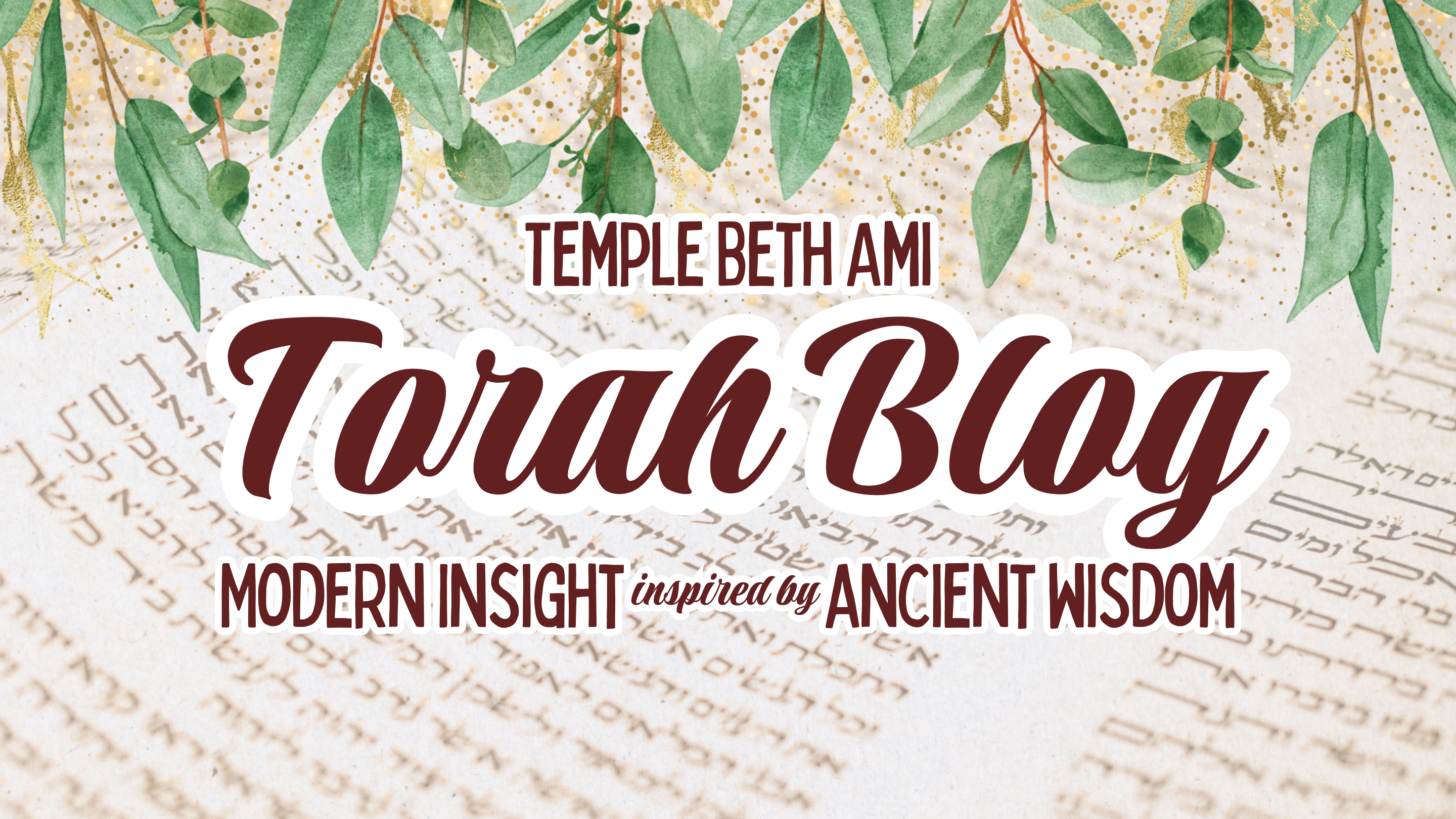







by Rabbi Baht Weiss
Do you ever wonder why the Jewish people are called B’nei Yisrael, the Children of Israel? In this week’s Torah portion, Jacob’s name is changed to Yisrael, Israel which means one who wrestles with God. In the middle of the night, Jacob has either a dream or a real-life encounter in which he battles a mysterious being. At the end of the battle, Jacob asks the being to bless him, which suggests that this being is divine. This being changes his name to Yisrael. And we are Jacob, now Israel’s descendants–the twelve children that become the twelve tribes of Israel. While we call ourselves Jews, we are, more accurately, the children of Israel. Israel is on our minds a lot these days—we feel connected to our brothers and sisters in Israel. When people ask us if we have any family in Israel, we may answer, “Yes, 7 million.” They are our mispucha-our family. Israel is not only defined as Eretz—the physical land of Israel but also as Am—a people. When we sing Am Yisrael Chai we are saying “The people of Israel will live forever.”
It is a hard time to be a member of Am Yisrael—the people of Israel. We are witnessing high levels of hate speech and acts of antisemitism. It can feel lonely when we realize that we truly are a minority even though we have felt so comfortable living as Jewish people in the Diaspora, especially here in America. It is an eye opening and disappointing time.
We also try to make sense of what is happening in the land of Israel—what is true and what is fabricated, what is real and what is a false perception. Like Jacob, we too wrestle with our Judaism, our understanding of the world, of right and wrong, and with trying to decipher if Israel is doing the right thing.
It is so easy to be swayed by propaganda and misinformation. We feel blamed as the victims for protecting ourselves, for fighting back against the terrorism that is Hamas, for defending our right to exist. We know Israel isn’t perfect. It too has made mistakes and miscalculations. It has had poor leadership and no real partners towards peace. All of this is distressing and makes us wrestle, like Jacob, with morality and Israel’s actions each and every day.
We also recognize B’tzelem Elohim, that we are all created in the image of God, and we are all God’s children. While we may be the children of Jacob, of Israel, our brothers and sisters in Palestine are also God’s children–they are the children of Abraham, as are we—and we hurt to see innocent live lost, especially when they are children. It would be inhumane not to.
Israel is in an impossible situation—it wants to defend its right to exist and destroy enemies that seek their destruction. Hamas puts their own people at risk by using their civilians as human shields and building army bases underneath hospitals. The rhetoric we hear on both sides is hateful and unhelpful. We want to support Israel, we want to have compassion for innocent lives in Palestine, and we want to do what’s right-so like Jacob too, we wrestle with what it means to be part of Israel. We speak out against misinformation, we try to listen objectively to hear new narratives and perspectives, and we try to search for the truth in between all the noise.
We are called the children of Jacob, but like Arabs and Muslims, we are also the children of Abraham. So then why are we not called B’nei Avraham, after all Abraham was the father of the Jewish faith.
There is an interesting text in the Talmud, tractate Pesachim (88a) that offers us insight into this question. The Talmud comments on a verse from the prophet Isaiah that discusses the future era. Isaiah says there will be a time to come when all the nations of the world will say:
Lekhu v’na’aleh- Come let us go up to the mountain of God, to the House of the God of Jacob.” (Isaiah 2.3)
The Talmud explains: “It doesn’t say, let us go to the House of the God of Abraham or Isaac, but to the House of the God of Jacob. This is because Jacob is the only one who actually referred to a House of God. In last weeks’ portion, Jacob dreams of a ladder with angels going up and down, and then he awakens and after he utters the well-known words, “God was in this place, and I, I did not know it. But then he utters these important words that are often forgotten:
מַהוַיִּירָא֙ וַיֹּאמַ֔ר מַה־נּוֹרָ֖א הַמָּק֣וֹם הַזֶּ֑ה אֵ֣ין זֶ֗ה כִּ֚י אִם־בֵּ֣ית אֱלֹהִ֔ים וְזֶ֖ה שַׁ֥עַר הַשָּׁמָֽיִם׃
Shaken, he said, “How awesome is this place! This is none other than the abode of God, and that is the gateway to heaven.” (Breshit 28:17)
Jacob then builds an altar to God on that very spot. Rabbi Shmuel Hertzfeld suggests that “Perhaps Jacob needed a House of God because he spent so much time living away from the spiritual center of the land of Canaan (modern day Israel). He spent twenty years with the wicked Laban, and at the end of his life he lived in Egypt. Of all the patriarchs, only Jacob spent time with his children outside the land of Canaan. Jaccob needed a House of God to reinforce his spirituality…. Jacob is the symbol of someone who retains his Judaism in the midst of the world at large”
I would suggest, that as Diaspora Jews, Jews that live outside of the land of Israel, we need Israel as our spiritual center. We need it to be the House of God. Our synagogue has also become a place of comfort and spiritual safety and clarity in these difficult times. We need a place to gather and connect as a Jewish people. And just as much as Diaspora Jews need Israel, Israel needs the support of American Jewry, especially now. We are all Am Yisrael–the people of Israel. As much as we struggle with being Israel, it is part of our core identity. Being a child of Israel is often not easy, but it is essential for us to remember our roots and our shared mission.